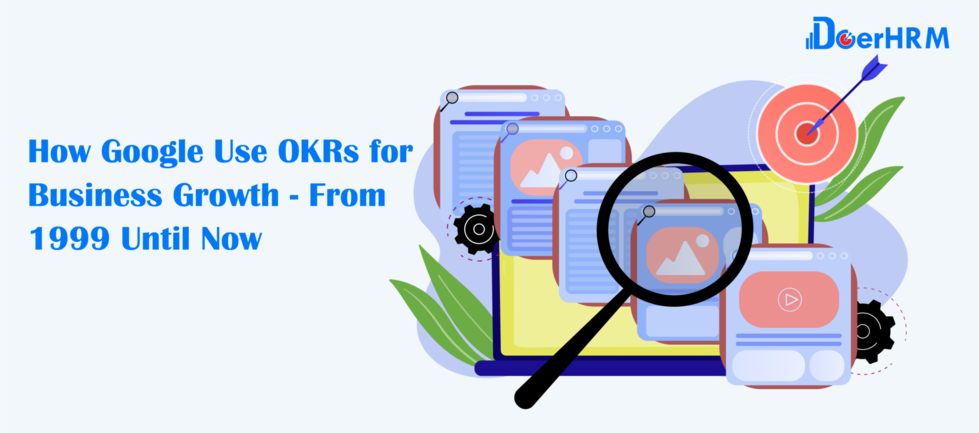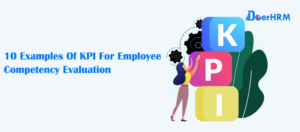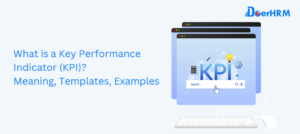OKRs have been around for a while – even before Google started using it for business growth. That being said, Google was one of the first companies to properly use the concept, becoming a symbol to those that wanted to grow big and be successful. But how did Google do it – and how can we learn from them? Did their tactic change over time? Well, this article will provide a deeper analysis of the matter.
The Early Beginnings of OKRs.
The first ideas of OKRs came to light in the 1970 – during a time where disco was the rage and bell bottoms were the “it thing.” At that time, Intel president Andrew Groove first came up with the concept, presenting it in his book called “High Output Management.” Andy took the concept of management and turned it into something much simpler, asking two important questions:
- What is the objective that I want to reach?
- How I plan on getting myself there?
A couple of years later, in 1974, John Doerr also joined the crew. He started as Google’s adviser early in 1999, and that is when he also came up with the terms for “OKR,” introducing it to the founders of Google.
This was, in fact, a type of teamwork. At the beginning of his collaboration with Andy Groove, John got one of the most important pieces of advice from his business partner. He was told that it did not matter what they knew at that point. What matters the most is the execution. And exactly due to that advice, the concept of OKR started springing more to life.
What Google did for OKR Implementation?
When attempting their OKR implementation, Google followed a variety of steps. Every business owner might also learn from the way in which Google set their OKRs to boost its growth, engagement, and productivity.
The strategy did not change much, from 1999 up until now. Except for a few tweaks here and there, there weren’t too many changes in their business profile. Here is how Google used OKRs to drive their business.
They Limited their Objectives
More people go on a “the more, the merrier” basis. That being said, having too many objectives is not too advisable. Imagine being stuck in a room with a hundred birds that you would have to study – all of them flying in different directions, chaotically. If there were only a few birds in there – say, 3 or 4, it would be much easier for you to focus on all of them.
Too many objectives will cause you to spread much too thin – and this is something that Google wanted to avoid. For this reason, from the CEO to the entry-level employees, nobody used more than 5 objectives, with 4 key results tops for each of them.
They Made their OKR Measurable
In order to achieve success, Google also made their OKRs measurable. Generally speaking, OKRs are graded from 0 to 1 – meaning that the “1” was the goal they were going towards. At the same time, they avoided goals that allowed them to achieve that perfect 1. If they did, it meant their goal was much too easy to achieve, and they had an unfair advantage.
When setting their OKRs, Google allowed themselves to get out of their comfort zone. This is why they set their best score to be around 0.6 and 0.7. Their system was something like “if the objective makes you feel slightly uneasy, then you are certainly on the right track.”
They Made OKRs Highly Visible
OKRs had to promote transparency and accountability, which is why everyone at Google knew exactly what their OKRs are. Since there had to be a collaboration between the teams, success was achieved by everyone becoming aware of what every person’s OKR was.
From the beginning of its OKR implementation, Google put together a centralized database. A member from a bottom team can see what the CEO is up to and vice versa. This was done in an attempt to promote mutual help, allowing people to know which help was expected and when.
They Foster Employee Accountability
In most businesses, managers tell their employees what it is they are supposed to do. This is why Google believes that around 50% of the organizational objectives have to come from their employees. This way, they will be able to promote engagement.
Google has a fairly effective hiring process that allows them to choose the most suitable people for the job. As Google is quite confident in their capabilities, they will also believe that their employees will have their views on what the business needs exactly.
Progress was achieved by involving everyone in the decisions. Google’s OKR setting is multi-directional, which is why the employee feedback is greatly appreciated.
Managers Worked Closely with Their Team Members
When Google implemented their OKR, an important section was also on how managers and team members should interact. In this case, “every man for himself” was not an option. This is why, at Google, the managers would lead one-on-one training sessions, along with check-ins with the members of their team.
This wasn’t necessarily an attempt to monitor their progress. Instead, they tried to ensure enlightenment and provide guidance. The same strategy has been adopted by LinkedIn, with the OKR framework allowing them to become a billion-dollar company in just a short time. The company lifted the whole team not only with clear OKR but also by providing coaching and strategy.
Google as a Continously Growing Business
When Google started out, they had about 40 employees when OKRs were originally implemented. Now, it has more than 100,000 of them, with the numbers growing more and more every year.
They have been using this framework for more than 20 years now, and they received remarkable results. Everyone in the company can see the other person’s work – this transparency being the exact thing that allows them to share their success. In order to reach their objective, they learned that the most efficient way to do so is to work together.
Moreover, it’s important to note that Google does not see lower-grade OKRs to be any worse. This is all because they think every past OKR should be seen as next quarter’s OKR data. By using OKR, they took company management and transparency to the next level and created the perfect recipe for success.






